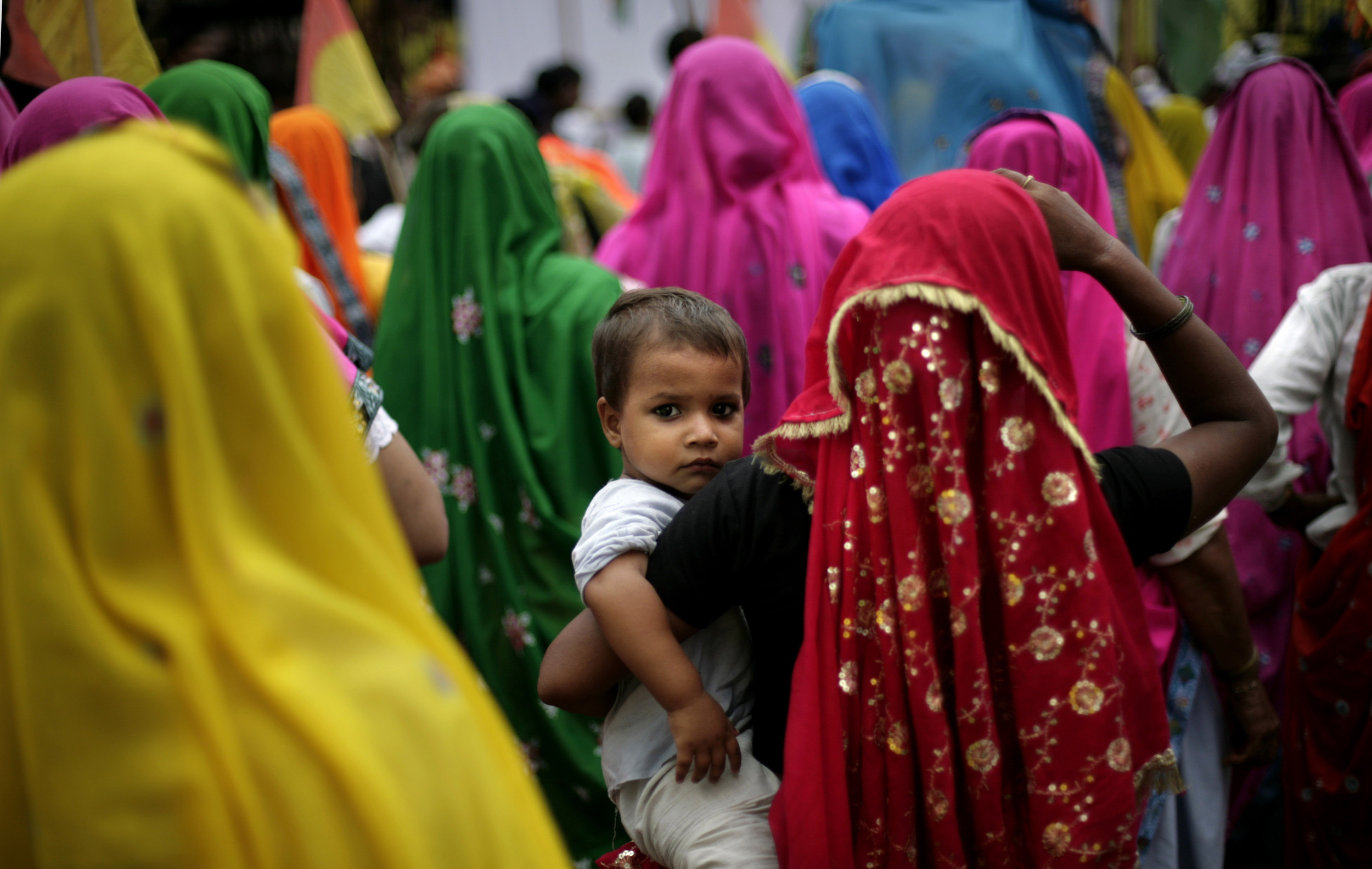Summary
In the state of Goa, 36 government primary schools were shut down in the two academic years leading up to 2024.
Source: Newsweek

AI News Q&A (Free Content)
Q1: What are the primary reasons behind the closure of 36 government primary schools in Goa?
A1: The closure of 36 government primary schools in Goa is attributed mainly to the declining birth rate in the region. This demographic change has led to a decreased number of school-age children, making it unsustainable to keep these schools operational.
Q2: How does Goa's demographic trend compare with the rest of India?
A2: Goa's demographic trend of declining birth rates contrasts with the overall demographic trend in India, where the population continues to grow. Goa, being one of the most developed states, shows a trend toward lower birth rates, similar to patterns observed in developed regions globally.
Q3: What impact does the declining birth rate have on Goa's education system?
A3: The declining birth rate has led to fewer enrollments in primary schools, resulting in the closure of schools due to insufficient student numbers. This impacts the education system by necessitating a reallocation of resources and teachers, and also poses challenges in maintaining educational infrastructure.
Q4: What are some potential economic impacts of school closures in Goa due to declining birth rates?
A4: Economically, the closure of schools may reduce employment opportunities for teachers and administrative staff. Additionally, it may affect local economies that rely on school-related activities and resources. In the long term, a reduced young population could impact workforce availability and economic growth.
Q5: How has the government of Goa responded to the declining birth rate and its impact on education?
A5: The government of Goa is likely to explore policy measures to address the declining birth rate, including potential incentives to increase family sizes and efforts to consolidate educational resources effectively. Strategic planning is essential to align educational infrastructure with demographic realities.
Q6: What historical factors contribute to Goa's current demographic trends?
A6: Goa's demographic trends can be linked to its high level of development and quality of life, as well as historical influences from its time as a Portuguese colony. These factors have contributed to a lifestyle where families opt for fewer children, similar to trends in other developed areas.
Q7: What are the broader implications of declining birth rates in regions like Goa?
A7: Broadly, declining birth rates in regions like Goa could lead to an aging population, affecting social services, healthcare, and economic structures. It necessitates planning for shifts in resource allocation and potential policy adjustments to support an aging demographic.
References:
- Page: Goa
- Page: Demographics of India




